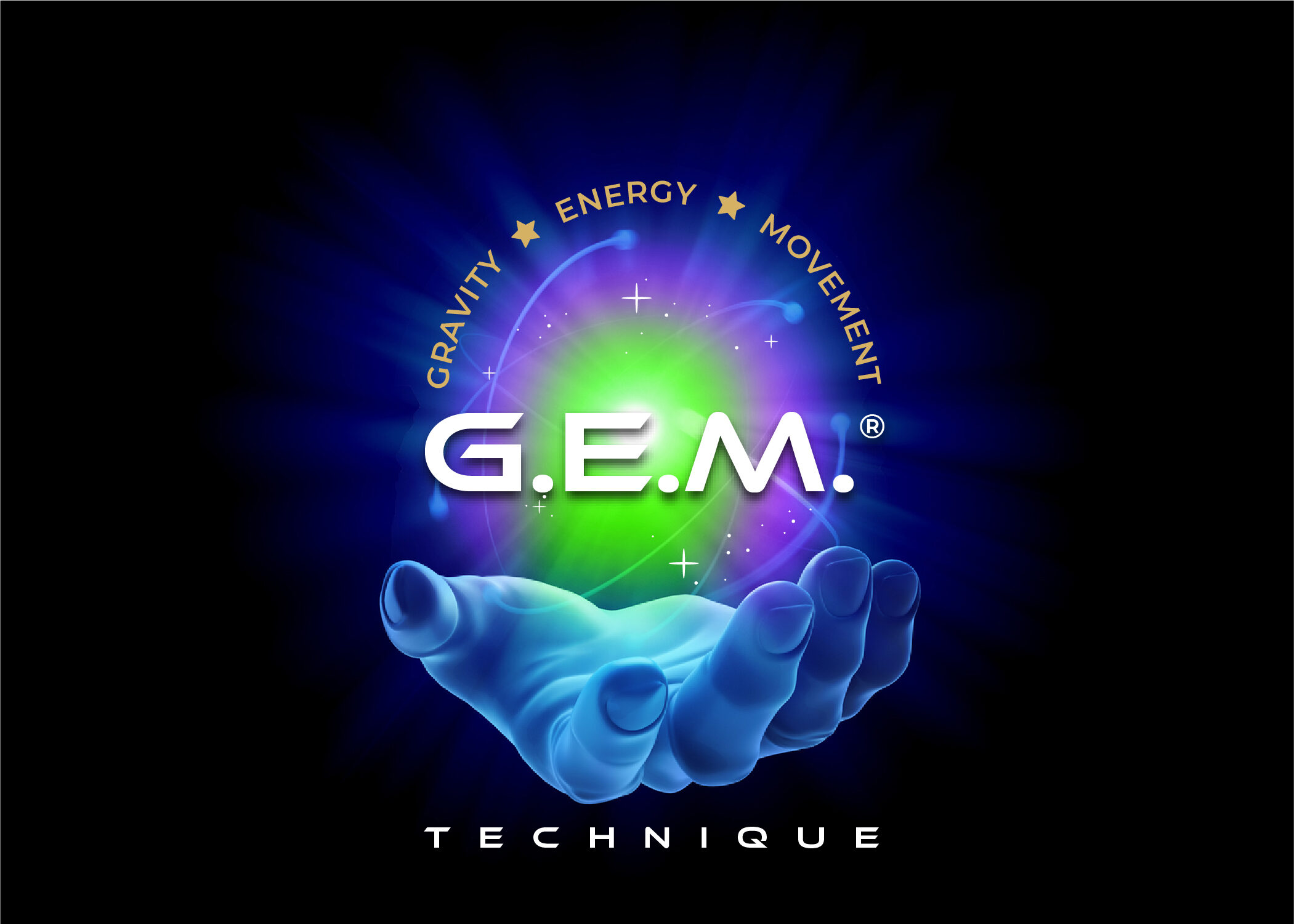5 Kinetic Chains within the body.
Intrinsic
Intrinsic, or “built-in,” mechanisms within individual organs provide a localized regulation of vascular resistance and blood flow. Intrinsic mechanisms are classified as myogenic or metabolic. Some organs, the brain and kidneys in particular, utilize these intrinsic mechanisms to maintain relatively constant flow rates despite wide fluctuations in blood pressure.
Deep Longitudinal
The Deep Longitudinal Subsystem is one of four common muscle synergies used by the body during exercise and other movement. Stretching down the back and legs, it’s a combination of muscle groups, membranes and ligaments, including the erector spinae, thoracolumbar fascia, sacrotuberous ligament, bicep femoris.
Lateral
The kinetic chain of lateral joints consists of the temporal mandibular joint, shoulder, sacroiliac, hip, knee, ankle and foot joints. Integral in the kinetic chain are the muscle, tendon and joint mechanoceptors.
Posterior Spinal
The posterior chain is a group of muscles on the posterior of the body. Examples of these muscles include the hamstrings, the gluteus maximus, erector spinae muscle group, trapezius, and posterior deltoids.
Posterior (back side) Kinetic (relating to motion) Chain (connection of a series of links). The 6, “links” or “checkpoints” in this particular chain is: Feet > Ankles > Knees > Hips/Pelvis > Shoulders/Upper Back > Head These areas work together and rely on one another to stabilize the body in many different and structurally important ways.
Anterior Spinal
The anterior diagonal chains cause a forward torsion, and the posterior ones a backward torsion. When both ventral diagonal chains dominate, the shoulders and both iliac bones are pulled forward medially. Both dorsal diagonal chains pull the shoulders and iliac bones backward. In the lower extremities, they have a similar effect.
What is the Kinetic Chain?
The kinetic chain (sometimes called the kinematic chain) is an engineering concept used to describe human movement. It is used in a wide variety of clinical conditions, including musculoskeletal, sports medicine, neuro-rehabilitation as well as prosthetics and orthotics.
What is Kinetic Chain Dysfunction?
Kinetic chain dysfunction where a muscle’s firing rate is at a level considered “below normal” for the functional movement pattern of the kinetic chain. Resulting in decreased motor control, stabilization, and force outputs from the kinetic chain.
Open vs. Closed Kinetic Chains.
Some researchers will assert that it is impossible to effect the movement of one link in a closed chain without a lot of movement in other adjoining links but I do not think this is entirely accurate, as will be discussed later when you join my program.
